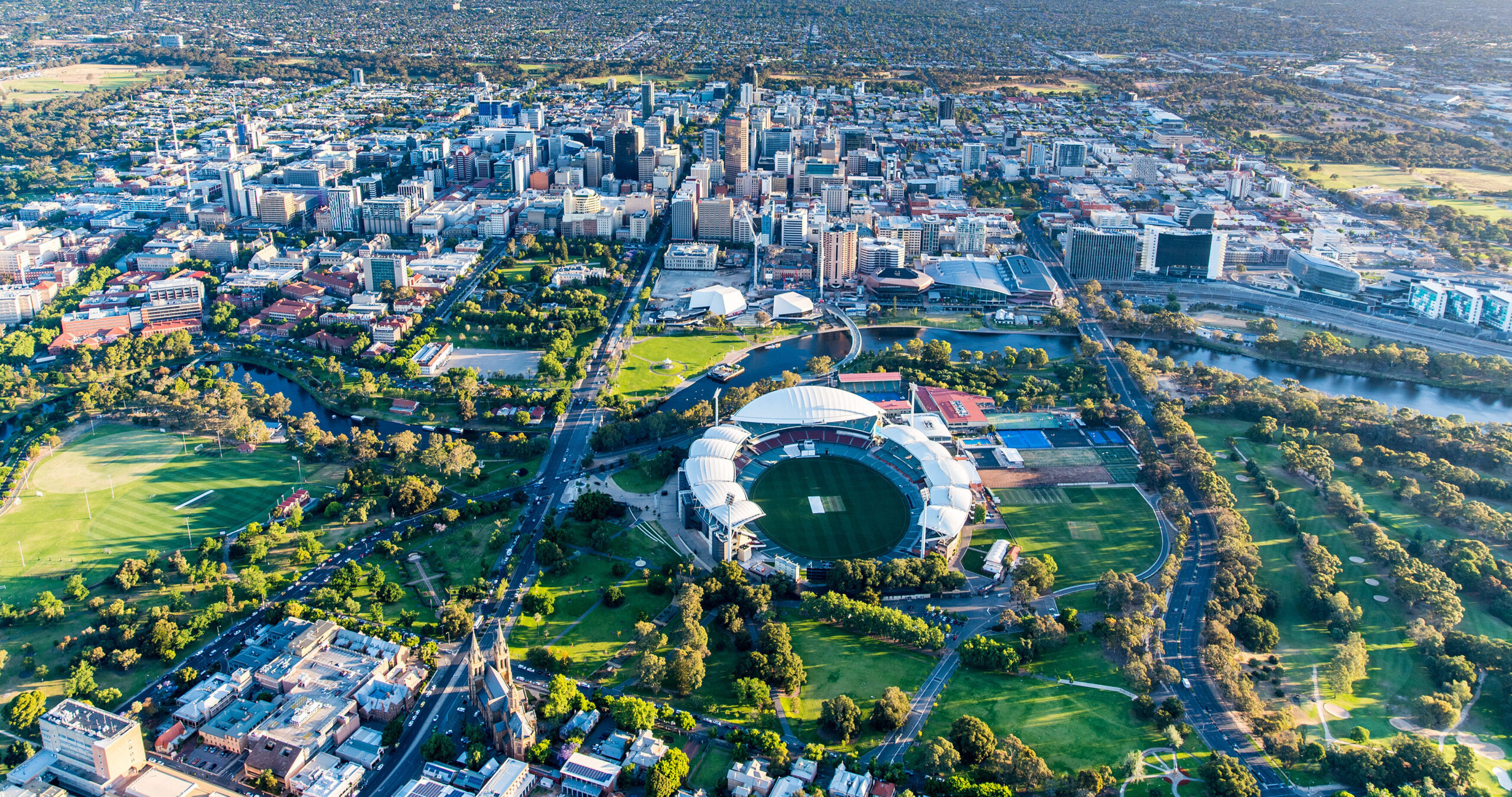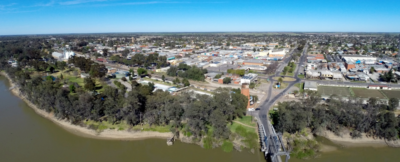How sustainability became a key driver in liveable cities
Adelaide has long been lauded for its commitment to and focus on innovation in sustainability initiatives in the city. Chief among these are the Water Sensitive City Action Plan, Climate Change preparedness through concerted efforts in substantial reductions in greenhouse gases (mitigation) and helping to prepare for and respond to the changing climate (adaptation), investment into becoming one of the world’s first carbon neutral cities, and sustainability incentives for businesses and residents.
These factors, along with our infrastructure, healthcare and access to green spaces helped Adelaide to take out 13th place on the Economic Intelligence Unit (EIU) 2023 Global Liveability Index.
It also aided us in making another critical list, the Carbon Disclosure Project or CDP’s sixth annual Cities A List. The non-profit which runs the world’s environmental disclosure system for companies, cities, states and regions – “celebrates cities that, through transparency, ambition and bold action to tackle climate change, are recognized as global environmental leaders.”
Joined by other Australian cities, Melbourne, Sydney and Canberra, Adelaide is one of 119 cities from across the world have been named as leaders in environmental action and transparency in 2023 by CDP.
Of the 939 cities reporting through the CDP-ICLEI Track in 2023, only were 13% received an A grading from the CDP. Spanning every continent, as well as large and small urban areas, cities on the 2023 A List include Barcelona (Spain), Denver (USA), Mexico City (Mexico), Cape Town (South Africa), Quezon City (the Philippines), and Adelaide (Australia).
Speaking to the results, Maia Kutner, CDP Director of Cities, States and Regions, said, “2023 will be remembered as the year when centuries-long climate records weren’t just broken, but smashed, in mere days and weeks. While cities around the world felt the full force of the year’s climate disasters, from heatwaves to floods, it’s positive that many are leading by example in tackling climate change with tangible action.”
The CDP analysis shows that A List cities report taking four times as many mitigation and adaptation measures as non-A List cities. Some examples include:
- Guadalajara has 38 100% electric buses that are part of the first completely electric route of transport units in Mexico.
- Cape Town is developing a number of small, city-owned renewable-energy generation installations at its own buildings and facilities. The city is installing approximately 1.5 MW of solar panels at municipal facilities in 2023, with an additional 5MW planned for installation between 2024 and 2026.
- Five of Istanbul’s municipal Sea Taxis are electric-hybrid, the first electric vehicles used in the city’s maritime transportation.
- Adelaide has a sustainable supply of up to 1.1 billion litres of recycled water a year to maintain green open spaces, trees, ornamental water bodies and public amenities, a long-term solution reducing dependency on other fresh water sources.
As a part of our smart city remit, Adelaide has trialed smart bins and was the first city in Australia to trial public smart lighting.
A major part of the Adelaide City Council’s Climate Action plan revolves around an electrified city. As stated in the report, “there is significant potential for carbon savings by running all-electric buildings on South Australia’s world-leading renewable electricity grid. The State Government has committed to a fully decarbonised grid by 2030 and is likely to beat this deadline. City of Adelaide seeks to make the most of this grid transition through ‘electrification’, which involves converting all energy sources – whether in buildings or vehicles – to electricity.”
In response to a state-wide system black out in 2016, Elon Musk and Tesla spearheaded the rapid construction 0f the original Tesla Big Battery in 2017, then the biggest of its type in the world.
In a a presentation at the Tesla Investor Day, Andrew Baglino, Senior Vice President of Powertrain and Energy Engineering at Tesla said that South Australia was the future of renewable energy.
“Australia is a little bit of a special case; they represent the future—South Australia in particular—solar and wind supplied 70 percent of South Australia’s energy in 2022,” say Baglino.
According to the multinational automotive and clean energy company South Australia continues to play a key role in its plans to use battery storage to replace fossil fuels “one plant at a time” and ultimately reach a grid operating on 100 per cent renewables.




